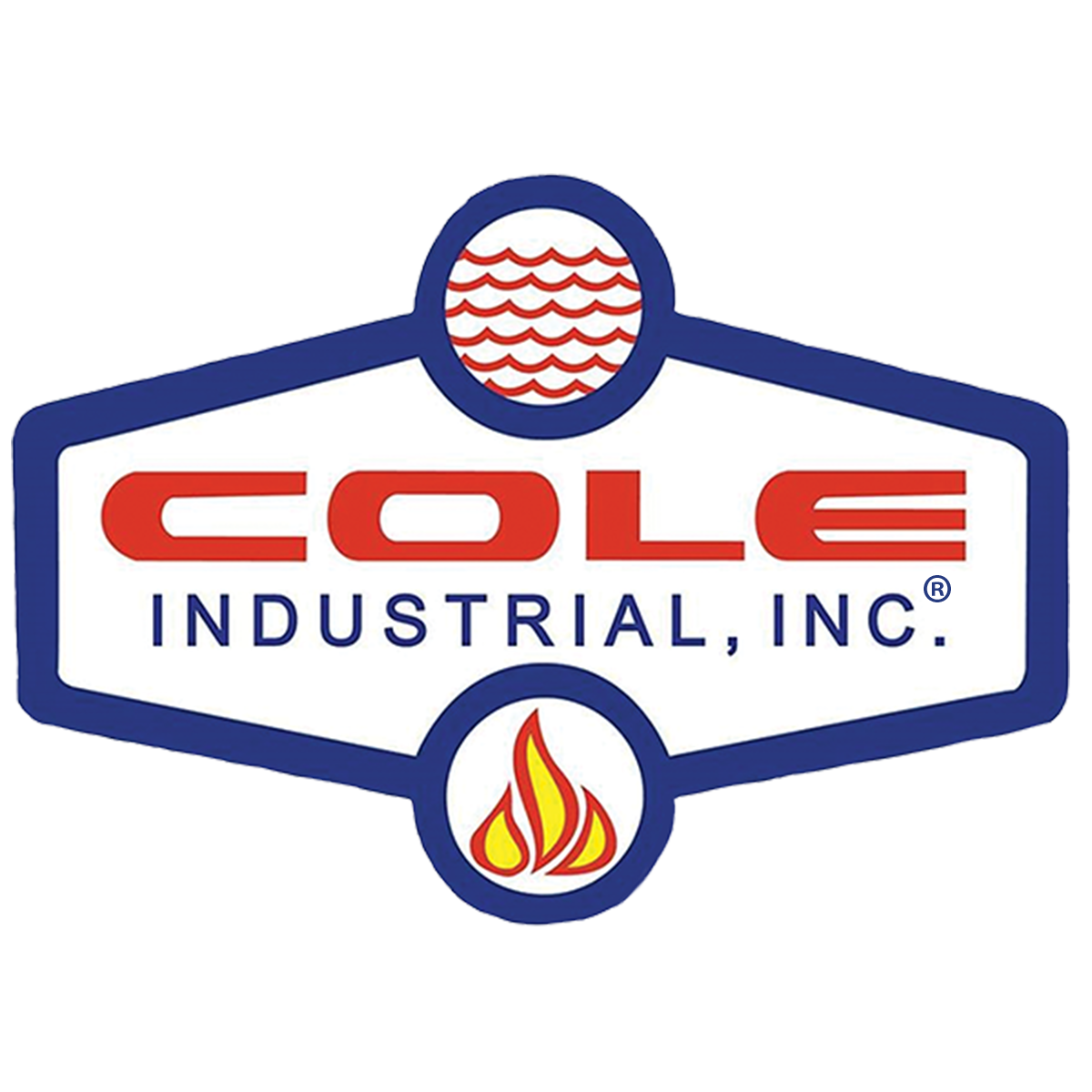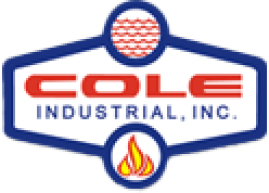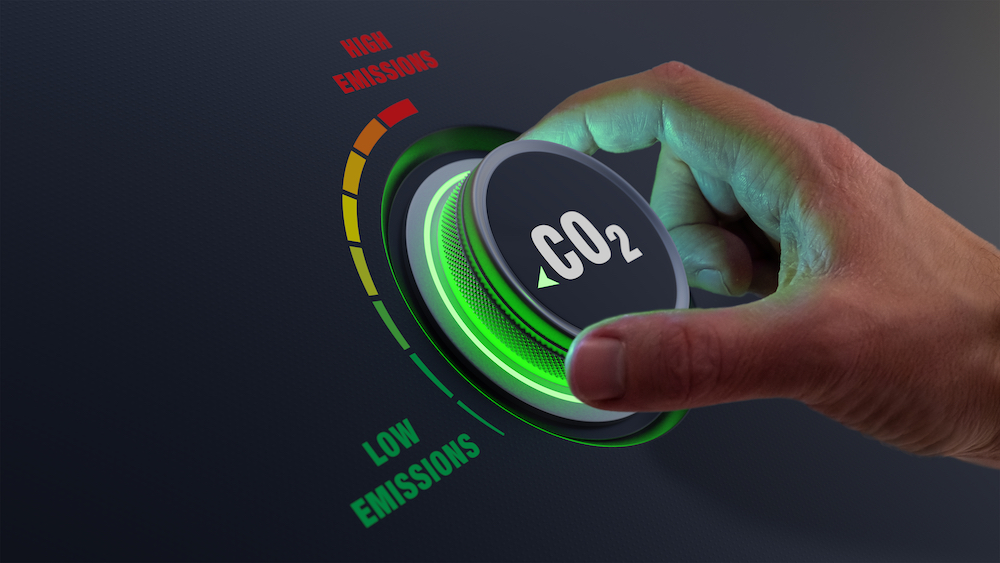What it all means and why you should care about boiler emissions (hint: it’s the law)
The list of packaged boilers emissions that are controlled is long and the regulatory requirements of federal, state and local authorities overlap and vary widely by location. Many regulated pollutants derive from the fuel being burned and are usually addressed at both the federal and state level. For example, requirements on limit the amount of sulfur in diesel (or #2 oil) for both transportation use as well as for stationary use in boilers. Common non-standard fuels such as Wood, off-gasses from digesters and waste oil have their own specific regulations and the variation in the fuel supply requires specific site analyses.
Most industrial and commercial users of packaged boilers now fire natural gas. You’ll find #2 oil commonly used as a back-up fuel for hospitals and industry, and in some geographic areas without natural gas service. This information is intended for use by the vast majority that fire natural gas and also touches on #2 oil. For sake of discussion, commercial propane has been grouped together with natural gas.
The following is a brief description of what emissions are controlled (and the reasons why) and how they are controlled. Learn more about boiler room regulatory requirements here.
What is controlled, and why
First, a brief primer about combustion. The combustion process is an exothermic chemical reaction of the oxidation of hydrocarbons. In layman’s terms, the oxygen in the air and the hydrogen and carbon in the fuel are oxidized (combined) in the combustion process and the result is heat and CO2 (carbon dioxide) and H2O (water vapor). In real-world conditions, two major byproducts are also produced: NOx and CO (carbon monoxide). It follows that the primary emissions controlled are NOx, CO, CO2, and particulate matter. Here is more information on each.
NOx
What it is: NOx is a generic term for the chemical compounds made of nitrogen and oxygen. The air we breathe and use for combustion is 20.9% oxygen (O2); 79% nitrogen; and .1% other. In the combustion process, some of the nitrogen and oxygen in the air combine to create NOx. The higher the temperature, the more created. Since oil contains trace amounts of nitrogen and burns hotter than natural gas, oil firing inherently creates more NOx than natural gas.
Why it’s controlled: NOx is a precursor to ground level ozone, when combined with sunlight breaks down to ozone (O3) and nitrogen. Ozone performs a vital function at the highest altitudes of our atmosphere by reflecting some sunlight away from the earth, but ground level ozone is the unhealthy substance commonly referred to as smog.
CO (carbon monoxide)
What it is: CO is the result of incomplete combustion. The goal of burner/boiler design is to achieve complete combustion in order to release all of the energy available in the fuel. If some carbon molecules cannot find some oxygen molecules, they will partially convert to CO (carbon monoxide) rather than CO2 (carbon dioxide). All burner/boilers are designed to have some “excess air” to reduce the amount of CO made.
Why it’s controlled: In its gaseous form, CO is a poisonous substance. In solid form it is commonly referred to as soot, an unhealthy and dirty substance. CO is also a contributor to global climate change.
CO2 (carbon dioxide)
What it is: As stated above, CO2 is the goal of good combustion. Why it’s controlled: CO2 is considered by many to be the main contributor to global climate change.
Particulate matter
What it is: Particulate matter is a generic term for the microscopic particles resulting from incomplete combustion and/or the combination of things like dust in the air combining with carbon, oxygen and other elements during the combustion process. Soot is an example of particulate matter.
Why it’s controlled: Particulate matter can lodge in human lungs, leading to respiratory diseases.
How emissions are controlled
The methodology for controlling all emissions can be done before, during or after the combustion process.
Pre-combustion control
Control at the pre-combustion stage generally consists of switching fuels or changing the constituents of the fuel. Part of the reason natural gas is now so prevalent is that it burns cooler than fuel oils and has no nitrogen in it, making it inherently a lower producer of NOx. Refineries have been mandated to reduce levels of sulfur, nitrogen and other pollutants in order to reduce emissions.
Post-combustion control
Post-combustion process control generally consists of the use of baghouses and filters in the case of solid fuel firing, and selective catalytic reduction (SCR) process to reduce NOx in gas and oil fired boilers. SCR works well, which is why all vehicles have catalytic converters. But initial cost and the use of ammonia to regenerate the catalyst generally restricts its use for only very large boilers and/or very strict emissions levels.
Control during the combustion process
Besides the switching of fuels that has occurred over the past half century (driven by a combination of cost of fuel, cost of maintenance, and emissions), the controlling of emissions during the combustion process is by far the most common way to control emissions. These methodologies include:
- With Flue gas recirculation (FGR), a percentage of the flue gas is reintroduced into the combustion chamber (as part of the combustion air) to cool the core flame temperature to reduce NOx. FGR does require more horsepower to drive larger fans because of both the increase in mass as well as the increased temperature of the combustion air being moved by the fan.
- Older designs tried to meet lower NOx requirements by using increasingly more FGR. This usually did cool the flame temperature and reduce NOx levels, but it often also meant very high fan horsepower requirements, and the outside of the flame cooled too much, and CO production increased – sometimes dramatically. In many instances turndown and efficiency performance suffered. Poorly designed or matched boiler/burner combinations led to unstable combustion conditions causing vibration, increased noise levels and in rare occasions, even furnace explosions.
- With newer designs that optimize the boiler and burner design coupled with advanced controls technology like parallel positioning and O2 trim , the latest boilers can meet very low NOx levels with minimum, if any, CO. And they do so with fan horsepowers only slightly larger that non-controlled boilers and with performance and efficiencies at or even above some non-controlled boilers. New designs optimize combustion and heat transfer to get a more complete burn to reduce CO, have a lower uniform flame temperature to reduce NOx, and achieve high efficiency to reduce CO2.
Since CO2 is the goal of burning hydrocarbons, the only way to reduce CO2 is to decrease the load on the boiler by designing more efficient heating or process loads; or by making the boiler/burner package as efficient as possible. The revolutionary switch from traditional to condensing boilers in the heating market that has occurred over the past 10 years is due to the desire to reduce carbon output. In steam systems, the development and adoption of advanced materials and designs of heat recovery stack economizers is also due to a desire to reduce carbon output.


